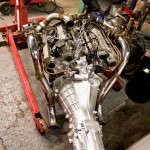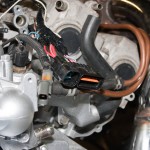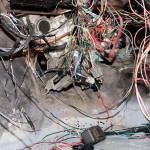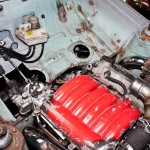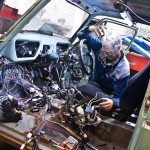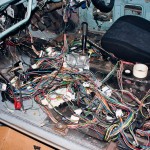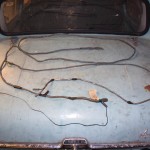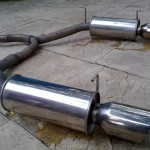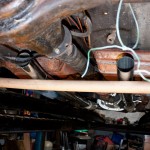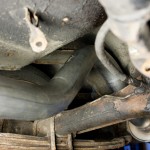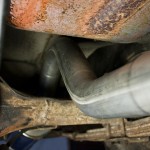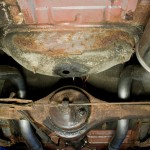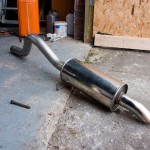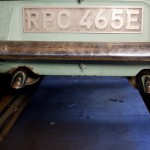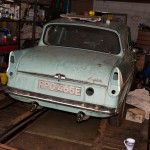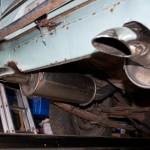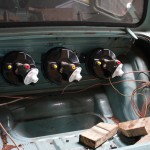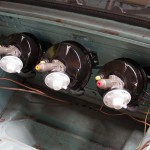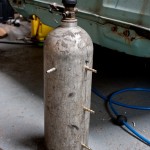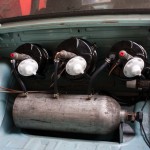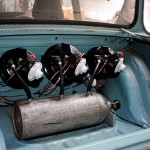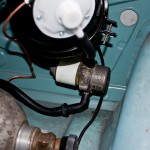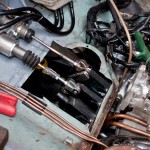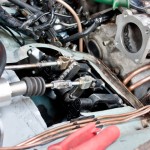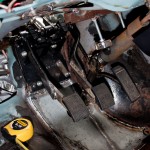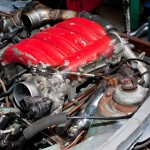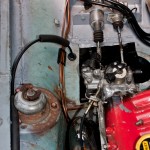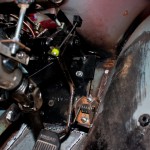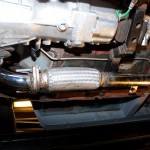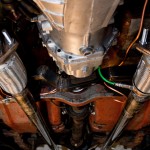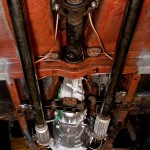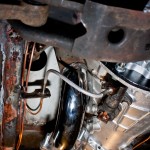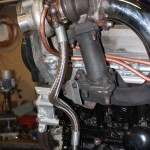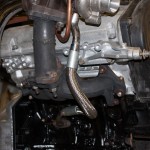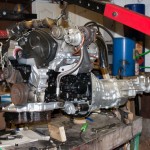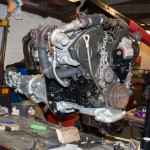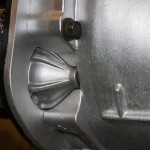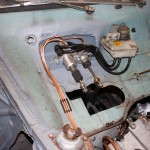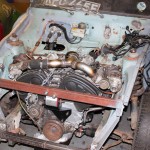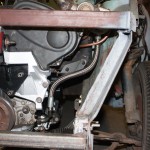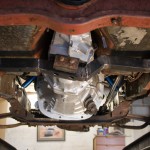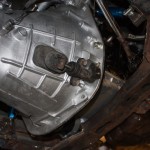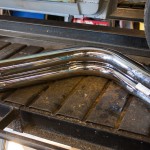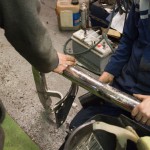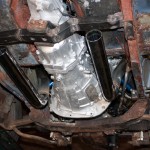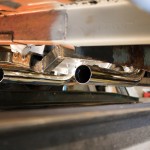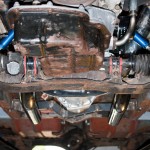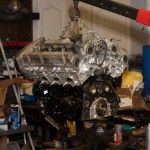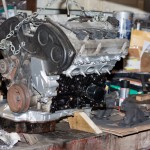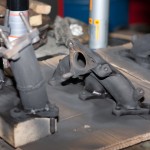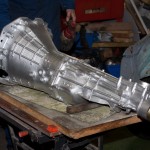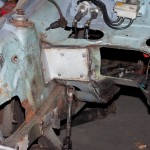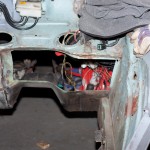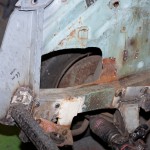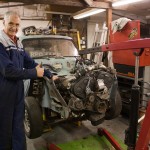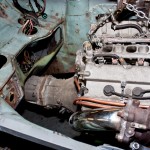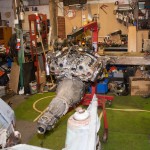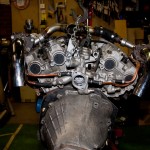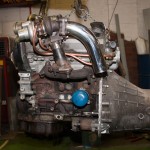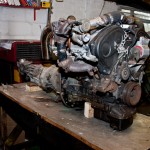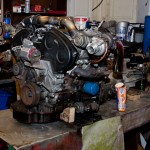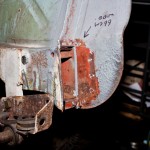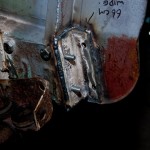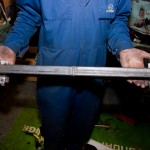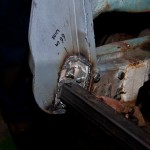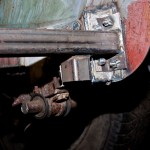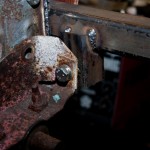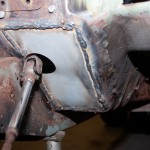In ye old days, the amount of air/fuel in the engine was determined by the carburettor.
Modern cars measure how much air is coming into the engine in a number of ways, and the Engine Control Unit uses this value to determine how long to open the Injector to add the right amount of fuel.
The two ways of measuring how much air is going into the engine is by using a Mass Airflow Sensor (MAF) or Manifold Absolute Pressure (MAP).
The Mass Airflow Sensor originally used on the Mitsubishi Galant that the engine came from uses the phenomenon of a Kármán Vortex Street – the principle that air flowing around a blunt object comes back together in “pulses” to create vortices – the faster the air is flowing, the more vortices are created in a given time interval. (Other vehicles use different types of MAF, which measure the air in different ways)
This is where we get to the second method for detecting how much air is in the engine – Manifold Absolute Pressure (MAP)
This method uses a pressure sensor in the manifold, and the engine speed to calculate how much air is in the engine.
Each of these methods also make use of an Intake Air Temperature sensor (air is more dense when it’s cold), and a barometric pressure sensor (air is thinner as you go higher) to calculate the amount of air more accurately.
On the original Galant, the MAF is placed very early in the inlet – immediately after the filter, and before the turbos. Given the space constraints of the Anglia compared to the Galant – there is not enough room to locate the filter and MAF and get the air pipework to each of the turbo inlets.
Therefore, some clever soul in New Zealand invented the MAP-ECU. This little magic box of tricks makes use of a MAP sensor and engine RPM, and will emulate the frequency output of the original MAF, so that the standard ECU is still getting the signal it expects.
It can either be programmed from scratch with the correct values, or it can be run in “auto-learn” mode, where you will run the vehicle for a while with the original MAF still connected, and the MAP-ECU will learn what the standard MAF is outputting for the various pressure/RPM cells.
The problem I had with the engine not revving was that the MAP-ECU was not correctly configured for how I had wired it up. The original owner of the MAP-ECU had the RPM signal connected to the wire which had the pulses from all 6 spark plugs (so to get the correct RPM, you divide the number of pulses received by 6) – I had wired it to the signal for just 2 spark plugs – so as the engine revs increased, the MAP-ECU was not moving into the correct cell, and was not telling the standard ECU that there was more air going into the engine. Once I told the MAP-ECU to divide the number of pulses it’s seeing by 2, it was reading the correct RPM.

